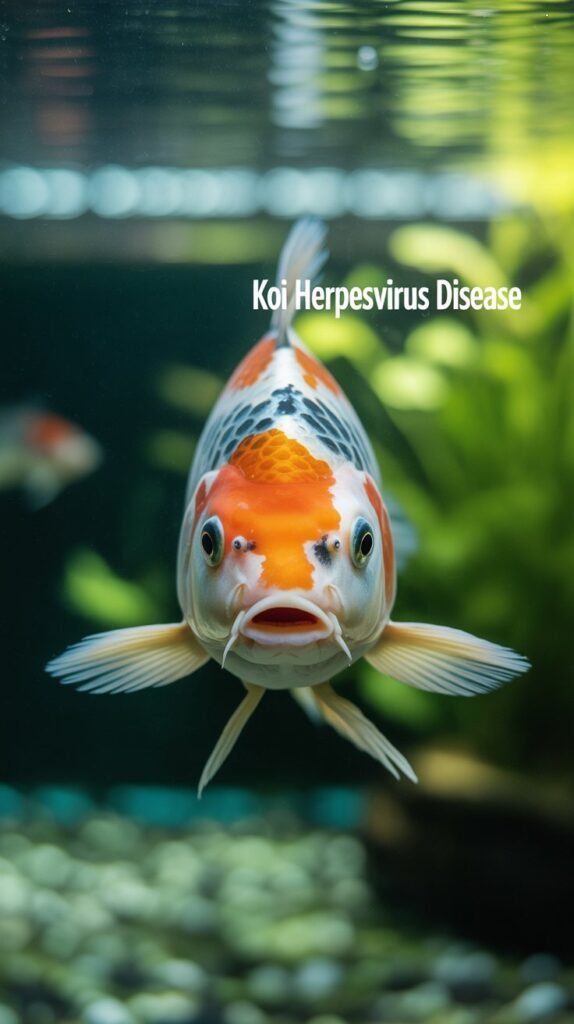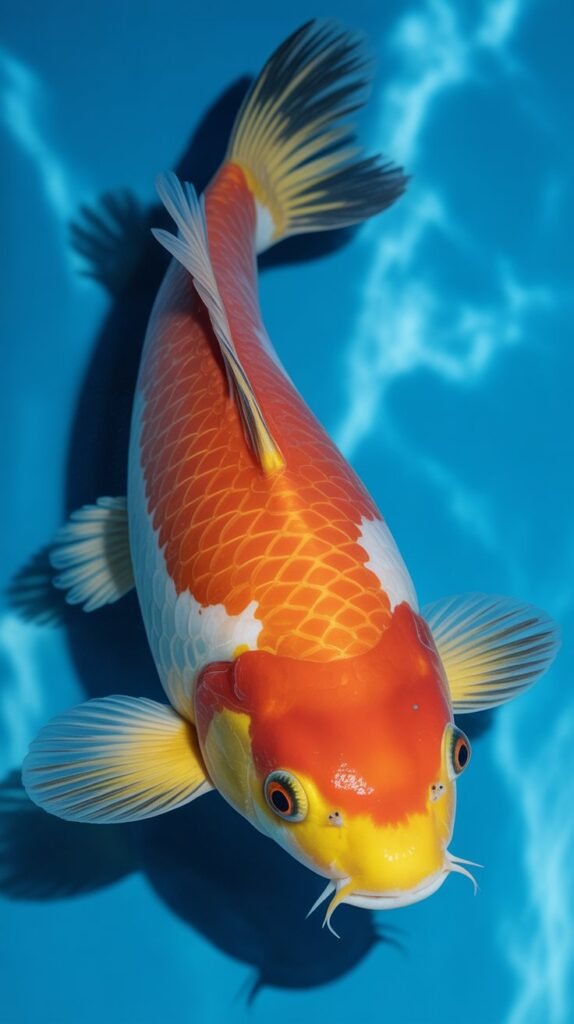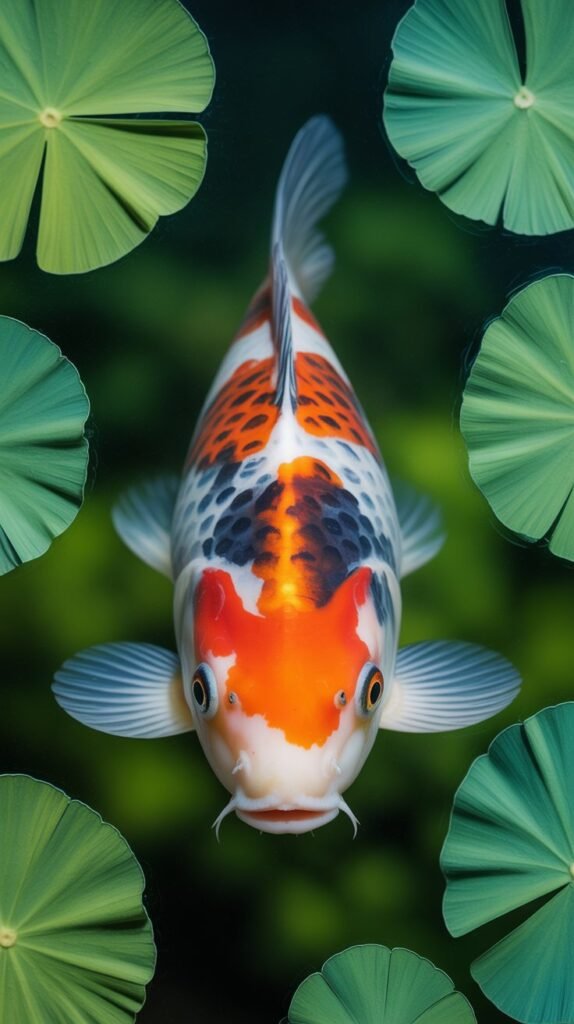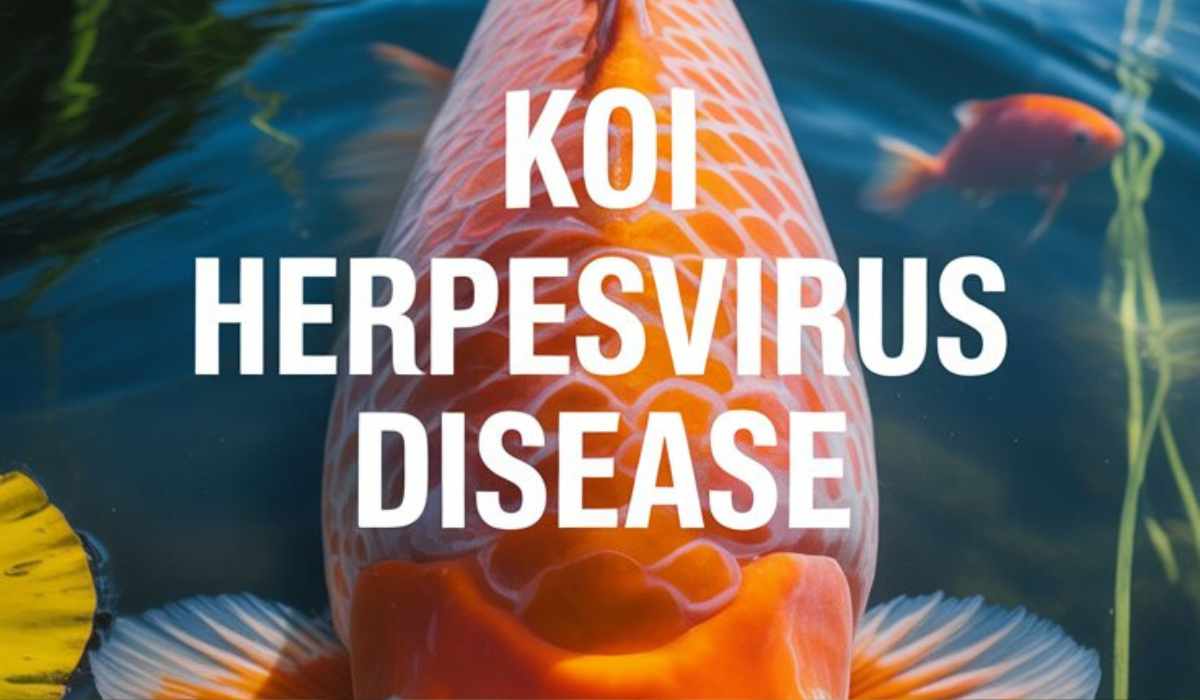Koi fish and common carp are among the most popular freshwater fish species kept in ponds and aquaculture systems worldwide. Known for their beauty, resilience, and cultural significance, they attract breeders, hobbyists, and commercial farmers alike. However, these fish face several threats from diseases, and one of the most devastating is Koi Herpesvirus Disease (KHV disease). Since its first emergence in the late 1990s, this viral infection has caused massive economic losses in aquaculture and ornamental fish industries, while also posing serious challenges to fish health management. Understanding the nature of KHV disease, its causes, symptoms, prevention, and treatment options is critical for fish keepers and farmers who wish to protect their koi and carp populations.
This article provides an in-depth exploration of Koi Herpesvirus Disease, offering practical insights and scientific knowledge to help hobbyists and professionals reduce the risks associated with this devastating condition.
What is Koi Herpesvirus Disease?
Koi Herpesvirus Disease (KHVD) is a highly contagious viral infection caused by the Koi Herpesvirus (Cyprinid herpesvirus-3 or CyHV-3). This virus specifically targets koi (Cyprinus carpio koi) and common carp (Cyprinus carpio). It does not affect humans or other animals, but within its host species, it can spread rapidly and cause mortality rates as high as 80–100% in susceptible fish populations. The disease can impact fish of all ages, though juveniles and stressed adults are particularly vulnerable.

KHV is a DNA virus belonging to the Herpesviridae family. Like other herpesviruses, it has the ability to establish latent infections, meaning that some fish may survive the initial outbreak but continue to harbor the virus silently. These carrier fish can shed the virus later under stress, infecting others in the population. This characteristic makes eradication extremely difficult once KHV enters a system.
History and Global Spread of KHV Disease
KHV disease was first identified in the late 1990s in Israel, Germany, and the United States. From there, it quickly spread across Asia, Europe, and other parts of the world due to the global trade of koi and carp. Because koi are popular in ornamental fish markets and carp are among the most farmed fish species for food, the virus was able to spread through live fish transport and contaminated water systems.
Today, KHV is recognized as a notifiable disease by the World Organisation for Animal Health (WOAH), and many countries impose strict regulations on koi and carp imports to prevent the introduction of the virus. Despite these measures, outbreaks still occur, especially in regions where biosecurity practices are weak or where wild carp populations come into contact with infected farmed fish.
Causes and Transmission of KHV Disease
The cause of KHV disease is the Cyprinid herpesvirus-3 (CyHV-3). Transmission occurs through several pathways:
- Direct contact: Healthy koi or carp exposed to infected fish can contract the virus through skin-to-skin contact or close proximity in ponds and tanks.
- Contaminated water: The virus can survive in water for a limited time, allowing indirect transmission.
- Equipment and personnel: Nets, tanks, transport bags, or even hands of fish handlers can spread the virus if not properly disinfected.
- Latent carriers: Surviving fish that harbor the virus can act as reservoirs, shedding the virus during stress events such as spawning, transport, or environmental changes.
The virus is highly temperature-dependent. It is most active in water temperatures ranging between 18°C and 28°C (64°F–82°F). Outside this range, disease expression is limited, but the virus can remain dormant and reappear once favorable conditions return.
Symptoms of Koi Herpesvirus Disease

Recognizing the symptoms of KHV disease is vital for early detection and prevention of massive losses. Infected koi and carp may display a combination of external and internal signs.
External Symptoms
- Gills: Severe gill necrosis, mottled gills with white or red patches, and destruction of gill tissues leading to difficulty in breathing.
- Skin lesions: Pale, discolored patches on the body, excess mucus production, and loss of scales.
- Sunken eyes: A characteristic symptom often observed in advanced stages.
- Ulcers: Secondary bacterial infections may lead to ulcers and skin erosions.
- Lethargy: Fish often become sluggish, weak, and isolate themselves.
- Erratic swimming: Some fish may show disoriented or erratic swimming patterns.
Internal Symptoms
- Enlarged organs: The liver, spleen, and kidneys may be swollen due to infection.
- Gill necrosis: Severe destruction of gill filaments reduces oxygen exchange, often leading to death.
It is important to note that symptoms can vary depending on environmental conditions and the severity of infection. Some infected fish may die suddenly without showing obvious signs.
Diagnosis of KHV Disease
Accurate diagnosis is essential to confirm KHV disease, as its symptoms can overlap with other fish diseases. Diagnostic methods include:
- Clinical observation – Identifying typical external symptoms like gill necrosis, sunken eyes, and skin patches.
- PCR testing (Polymerase Chain Reaction) – The most reliable diagnostic tool for detecting viral DNA in fish tissues.
- Histopathology – Examining tissue samples under a microscope for signs of viral damage.
- Virus isolation – Culturing the virus in specialized laboratories for confirmation.
Because of the seriousness of KHV, suspected cases should be reported to veterinary authorities, especially in countries where it is a notifiable disease.
Economic and Ecological Impact of KHV Disease
KHV disease has both economic and ecological consequences:
- Economic impact: Outbreaks in koi farms and carp aquaculture can wipe out entire stocks, leading to devastating financial losses. Ornamental koi trade has been particularly hard-hit, as a single infected fish shipment can affect thousands of customers worldwide.
- Ecological impact: In regions where wild carp populations are abundant, the introduction of KHV can disrupt ecosystems. Massive fish kills affect not only biodiversity but also water quality, as decaying fish deplete oxygen and release toxins into aquatic systems.
Treatment Options for Koi Herpesvirus Disease
Currently, there is no definitive cure for KHV disease. Once fish are infected, treatment focuses on supportive care and preventing further spread. However, some management practices can help reduce mortality:
- Temperature manipulation: Maintaining water temperatures above 30°C (86°F) has been shown to reduce mortality in some cases, though it does not eliminate the virus.
- Supportive care: Improving water quality, reducing stress, and providing adequate aeration can help fish recover.
- Antibiotics: While antibiotics do not kill viruses, they may be used to control secondary bacterial infections.
- Immunostimulants: Dietary supplements such as probiotics, vitamins, and immune-boosting agents can strengthen fish resistance.
- Experimental vaccines: Research on KHV vaccines is ongoing, and some experimental vaccines have shown promise in providing partial protection.
Despite these measures, survivors of infection remain lifelong carriers of the virus, which poses a risk of future outbreaks.
Prevention and Biosecurity Measures

Since there is no guaranteed cure, prevention is the best strategy against KHV disease. Effective biosecurity measures include:
- Quarantine new fish: Always isolate new koi or carp for at least 3–4 weeks before introducing them into existing populations.
- Disinfect equipment: Regularly clean and disinfect nets, tanks, and other tools to prevent cross-contamination.
- Maintain optimal water quality: Good water management reduces stress and enhances fish immunity.
- Avoid overcrowding: Overstocking increases stress and promotes faster spread of disease.
- Purchase from trusted sources: Always buy fish from certified disease-free suppliers.
- Regular health checks: Monitor fish regularly for unusual behavior or symptoms.
- Wildlife control: Prevent contact between farmed fish and wild carp populations that may harbor the virus.
Research and Future Perspectives
Ongoing research is focused on:
- Developing effective vaccines against KHV.
- Studying the virus’s genetic variability to understand its behavior and evolution.
- Identifying immune mechanisms in carp that provide natural resistance.
- Exploring antiviral therapies that could reduce viral loads in infected fish.
With growing awareness and advancements in biotechnology, there is hope for more effective management strategies in the future.
FAQs About Koi Herpesvirus Disease
Q1: What causes Koi Herpesvirus Disease?
KHV disease is caused by the Cyprinid herpesvirus-3 (CyHV-3), which infects koi and common carp.
Q2: Can KHV affect humans or other animals?
No, KHV is species-specific and only affects koi and common carp. It poses no risk to humans.
Q3: What are the early signs of KHV disease?
Early signs include lethargy, gill necrosis, pale skin patches, excess mucus, and sunken eyes.
Q4: How is KHV disease diagnosed?
It is diagnosed through clinical signs, PCR testing for viral DNA, histopathology, and virus isolation.
Q5: Is there a cure for KHV disease?
Currently, there is no cure. Management focuses on supportive care and prevention.
Q6: Can fish recover from KHV disease?
Some fish can survive infection, but they remain lifelong carriers of the virus.
Q7: How can I prevent KHV in my pond?
Quarantine new fish, disinfect equipment, maintain good water quality, and buy from trusted suppliers.
Q8: What water temperatures favor KHV outbreaks?
The virus is most active between 18°C and 28°C (64°F–82°F).
Q9: Is there a vaccine available for KHV?
Experimental vaccines are under development, but no universally approved vaccine is widely available yet.
Q10: Why is KHV a major concern in aquaculture?
Because it causes high mortality rates, spreads rapidly, and results in major economic and ecological losses.

